Screening of documentary about woman's fight to remove church from her back yard

The Kovaci Multimedia Centre in Sarajevo hosted the screening of a film called “Nana Fata – bosanska heroina” (Grandma Fata – Bosnian Heroine), on Saturday, depicting her plight of fighting to remove the illegally built Serb Orthodox church from her back yard.
Oglas
Fata Orlovic, who lives in Konjevic Polje, near the eastern town of Srebrenica, was the guest of honour at the film premiere.
“It’s very hard, fighting this battle for the past 15 years. But with the help of God and all the good people, I will succeed,” Fata Orlovic said. “I was in court three times. They sued me for being a nationalist, but all I want is my own back yard. Why aren’t they nationalists for building the church in my back yard and killing so many of my family members?”
The film was made by the Alliance of Bosniak Non-Governmental Organisations and directed by Enes Hotic. They aimed to get the world’s attention to this old woman’s fight against the system in Bosnia’s Serb-dominated entity of Republika Srpska (RS).
Oglas
For years, she has been trying to get the RS authorities to remove the legally built church from her back yard. During this time, Fata Orlovic became a sort of a symbol of resistance for Bosniaks living in this part of the country.
The church was illegally built in 1996 and in spite of several court rulings in Fata Orlovic’s favour it was never removed.
As for Fata Orlovic, she does not believe the church will ever be removed as long as these political parties are in charge of Bosnia.
“I respect the church, and I have no problem with the church, but they shouldn’t have built it there. They should take it to their own land,” she said.
Oglas
She argued that had a mosque been build on land where Serbs were killed, she would have never gone to pray in it because everyone’s blood is equal.
The Archbishop of Cetinje and Montenegrin Metropolitan Mihailo, the head of the Montenegrin Orthodox Church came from Montenegro to attend the screening of the film and meet with Fata Orlovic.
He said that the church in her back yard was nothing more but a nationalist provocation and expressed hope the church would finally be removed from her land.




Anadolija | Anadolija
Više
Anadolija | Anadolija
Više
Anadolija | Anadolija
Više
Anadolija | Anadolija
Više
Anadolija | Anadolija
Više
Anadolija | Anadolija
Više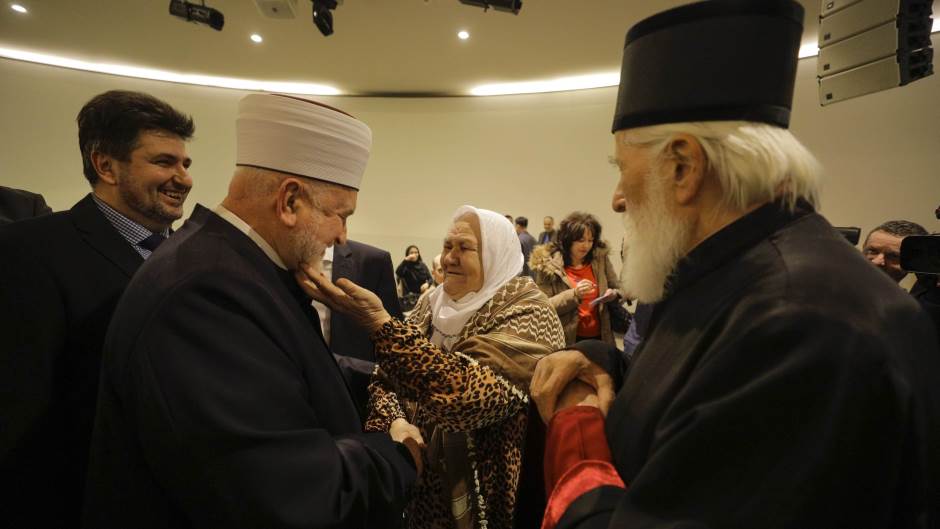
Anadolija | Anadolija
Više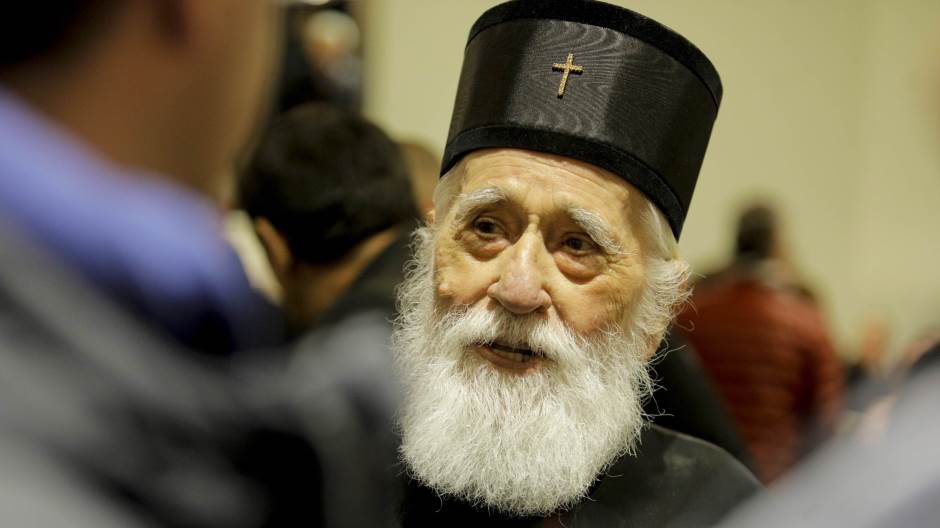
Anadolija | Anadolija
Više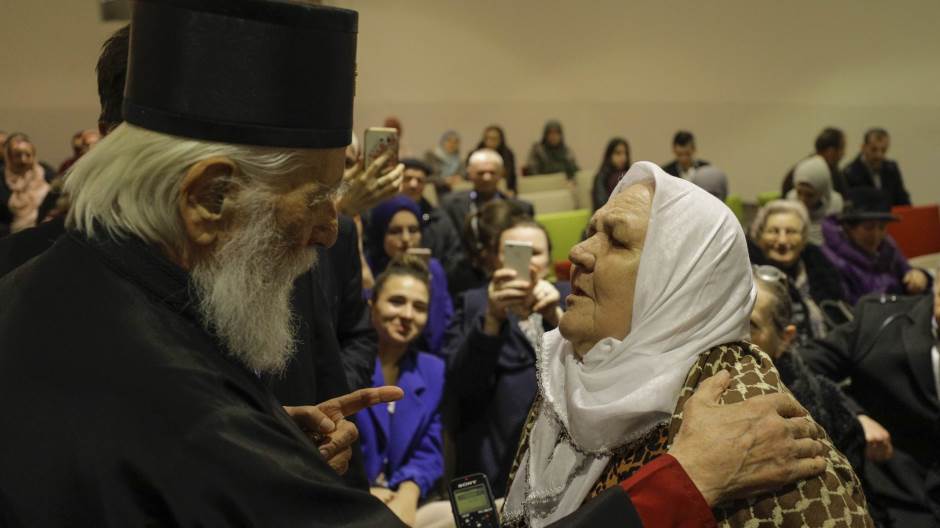
Anadolija | Anadolija
Više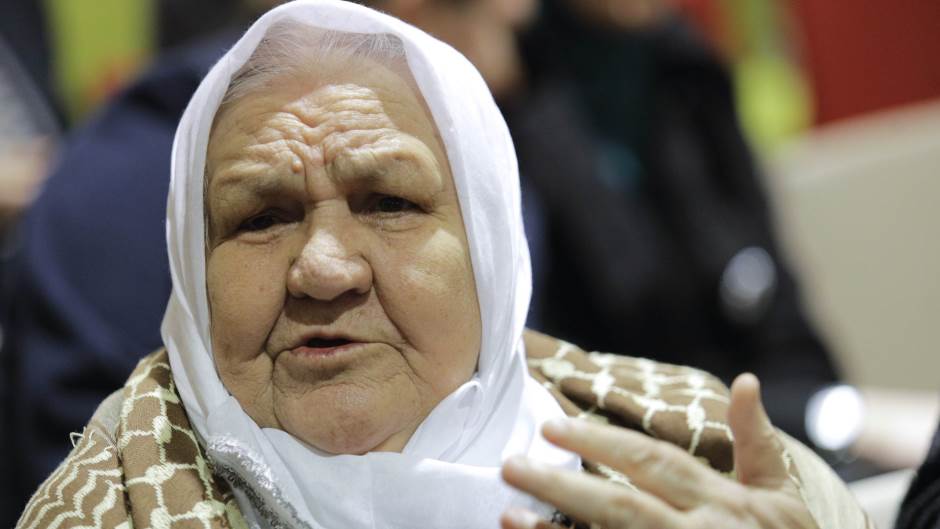
Anadolija | Anadolija
Više
Anadolija | Anadolija
Više
Anadolija | Anadolija
Više
Anadolija | Anadolija
Više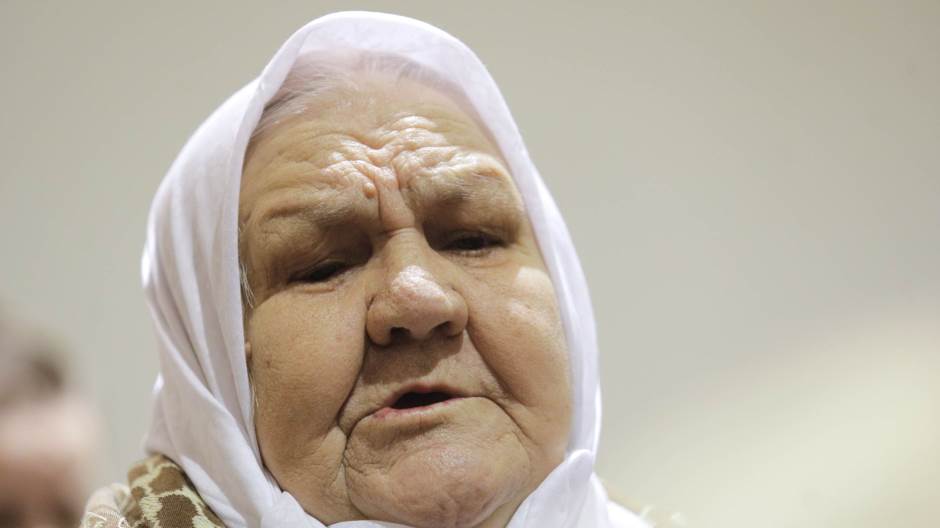
Anadolija | Anadolija
Više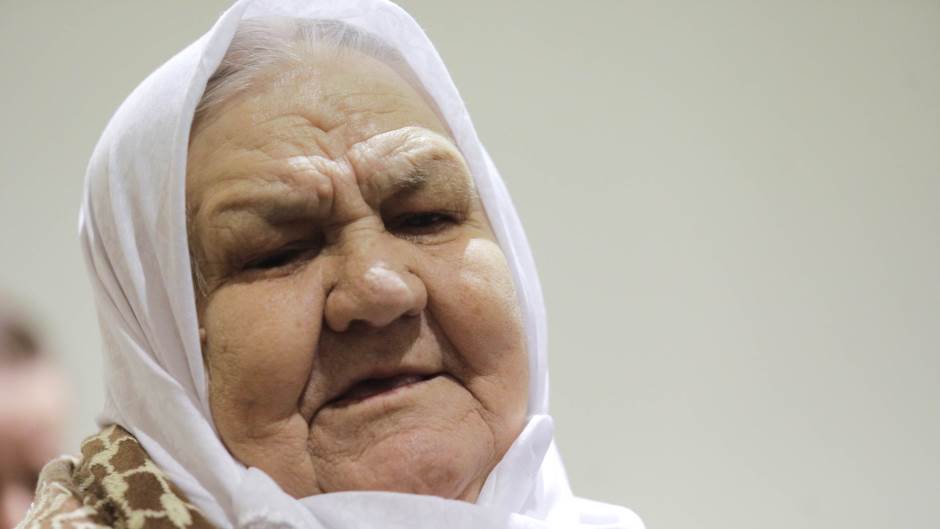
Anadolija | Anadolija
Više"I mostly came here to meet this noble woman in person. I know all the details, and I know everything about her family and her daughters," Mihailo said.
Oglas
He recalled a similar case in Rumija, a mountain in Montenegro, where the Serb Orthodox Church built a church, thus ending a centuries-old tradition according to which all the major groups respected the cult of St. Vladimir and once a year carried a cross on top of the mountain.
The Archbishop called the Rumija church a ‘Serb watchtower.”
“Only Serbs visit that church and, just as Ms Fata will finally be able to remove that rubble from her back yard, I hope us Montenegrins will be able to return mount Rumija to its original state,” Archbishop Mihailo said.
Kakvo je tvoje mišljenje o ovome?
Učestvuj u diskusiji ili pročitaj komentare
Oglas
Kakvo je tvoje mišljenje o ovome?
Učestvuj u diskusiji ili pročitaj komentare
Oglas





 Srbija
Srbija
 Hrvatska
Hrvatska
 Slovenija
Slovenija



























































